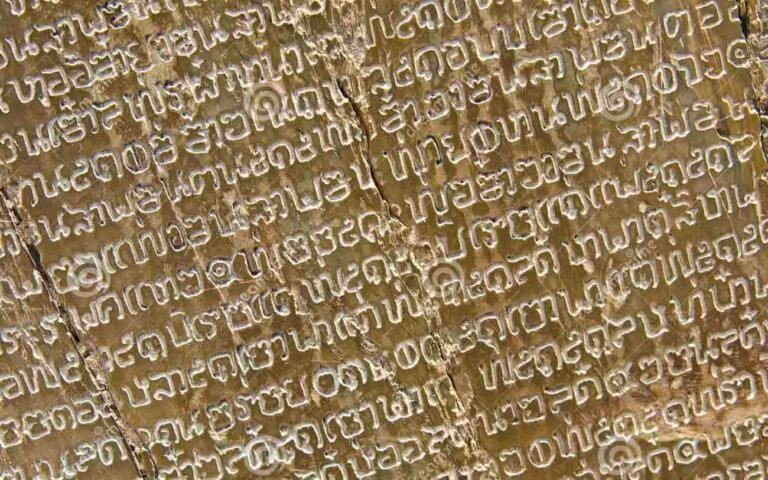For many years, Ladon Technologies Public Benefit Corporation has proudly been a trusted provider of high-quality Thai translation services for businesses, nonprofit organizations, schools, and individuals worldwide. Our mission is to bridge language gaps and foster connections with Thai-speaking communities across Southeast Asia and the globe.
We specialize in Thai document translation, interpretation, content localization, and certified translations. Whether you need Thai to English, English to Thai, or multilingual services, our team of native-speaking Thai translators consistently ensures:
✅ Exceptional linguistic and cultural accuracy for clear, effective communication.
✅ Quick turnaround times for urgent translation projects.
✅ Deep industry expertise – especially in legal, healthcare, technical, and financial sectors.
✅ Certified translations accepted by official agencies and institutions.
Thai is the official language of Thailand, a major hub in Southeast Asia with growing influence in trade, tourism, manufacturing, and technology. Spoken by an estimated 70 million people, Thai plays an essential role in regional diplomacy, cross-border collaboration, and international commerce.
As Thailand becomes a key player in ASEAN and beyond, accurate Thai translation is indispensable for engaging with local partners, navigating cultural nuances, and succeeding in a diverse and dynamic market.
Thailand is also home to a rich cultural heritage, deeply rooted in Buddhism, monarchy, and social hierarchy. These elements are strongly reflected in the Thai language. From marketing campaigns to legal contracts, poorly translated Thai content can result in misunderstandings, loss of trust, or even offense. That is why working with native-speaking and culturally fluent translators is not just a preference but a necessity for meaningful and successful communication.
Thai isn’t an easy language to learn, and it’s even more difficult to translate accurately. Though it is a tonal and monosyllabic language, it uses five distinct tones. A simple change in tone can completely alter a word’s meaning.
The Thai writing system is also highly unique. Unlike Latin-based scripts, it consists of 44 consonants, 32 vowels, and no spaces between words in a sentence. This requires translators to be fluent in Thai grammar and internal sentence structure to interpret content correctly.
In terms of grammar, Thai doesn’t use verb conjugation to indicate tense like English. Instead, tense is understood through context, time markers, and word order. Additionally, Thai places a strong emphasis on social hierarchy. Word choice depends heavily on the relationship, age, and status of the speaker and listener. Misusing honorifics or polite forms can unintentionally be seen as disrespectful.
Furthermore, the Thai language is deeply intertwined with Buddhism, the monarchy, and community traditions. These cultural layers shape every form of expression and communication. Without a deep understanding of these nuances, translations can easily lose meaning or fail to convey the original emotional and spiritual depth.

